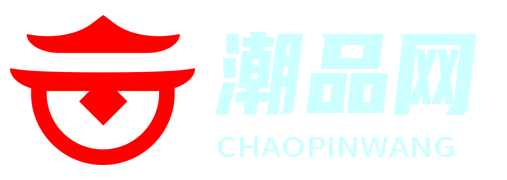Title: The Essential Guide to Fashion Design: From Concept to Creation
Fashion design is a captivating blend of creativity, craftsmanship, and commerce. Whether you're a budding designer or an established professional seeking inspiration, understanding the intricacies of the fashion world is essential. This comprehensive guide will take you on a journey from the initial concept to the final creation, covering key aspects of the fashion design process.
1. Understanding Design Fundamentals
Before diving into the world of fashion design, it's crucial to grasp the fundamentals of design. This includes studying color theory, learning about different fabrics and materials, and familiarizing yourself with various silhouettes and garment construction techniques. By mastering these basics, you'll have a solid foundation upon which to build your design skills.
2. Research and Inspiration
Great fashion design often begins with thorough research and a wealth of inspiration. Explore a diverse range of sources, from art and architecture to nature and cultural trends. Keep a sketchbook handy to capture your ideas and concepts, allowing your creativity to flow freely.
3. Developing a Concept
Once you've gathered ample inspiration, it's time to refine your ideas and develop a cohesive concept for your collection. Consider themes, narratives, and overarching concepts that tie your designs together. This will provide clarity and direction as you move forward in the design process.
4. Sketching and Technical Drawings
Translate your ideas from thoughts to visual representations through sketching and technical drawings. Sketching allows you to explore different design possibilities and refine your concepts, while technical drawings provide precise measurements and details for garment construction.
5. Fabric Selection and Material Exploration
The choice of fabric plays a significant role in bringing your designs to life. Experiment with different textiles, considering factors such as texture, drape, and weight. Understand how each fabric behaves and its suitability for various garment styles and techniques.
6. Pattern Making and Draping

Pattern making and draping are essential skills for fashion designers. Whether you prefer the precision of pattern making or the intuitive process of draping, mastering these techniques allows you to create garments that fit and flatter the human form.
7. Sewing and Construction Techniques
A solid understanding of sewing and construction techniques is indispensable for executing your designs with precision and craftsmanship. From basic stitches to advanced couture techniques, continually hone your sewing skills to elevate the quality of your creations.
8. Experimentation and Iteration
Fashion design is an iterative process that thrives on experimentation and innovation. Don't be afraid to take risks and push the boundaries of conventional design. Embrace failure as an opportunity to learn and grow, refining your ideas with each iteration.
9. Presentation and Portfolio Development
A compelling presentation is key to showcasing your designs effectively. Develop a strong portfolio that highlights your creative vision, technical skills, and attention to detail. Invest time in photography, layout, and storytelling to create a portfolio that captivates and impresses.
10. Navigating the Fashion Industry
Entering the competitive world of fashion requires more than just talent; it demands strategic thinking and perseverance. Network with industry professionals, seek mentorship, and stay informed about current trends and market demands. Build your brand identity and establish a unique voice that sets you apart in the industry.
Conclusion
Fashion design is a dynamic and multifaceted field that offers endless opportunities for creativity and selfexpression. By mastering the fundamentals, embracing experimentation, and staying attuned to industry trends, you can embark on a fulfilling journey as a fashion designer. Remember to stay true to your vision and never stop pursuing your passion for design.
Whether you're sketching your first design or preparing for a runway show, may this guide serve as a valuable resource on your path to success in the exciting world of fashion design.
*End of Guide*








